Religion - The Vision of Sir Galahad and his Company
© 2007
Armchair Travel Co. Ltd. - This page may be used for non-commercial purposes
ONLY!
![]()
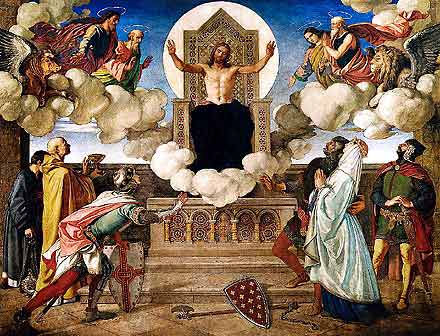
[ Play
Narrated and Animated Movie ! ] Sir Galahad, Sir Percival and Sir Bors. These were the three pure knights who alone of Arthur's court were to succeed in the search for the Holy Grail. Here they represent Religion. Following a hart and four lions they come to a hermitage where there was a holy man, and there they see a vision of Christ and the Four Evangelists.
And they entered in and heard the mass. And they saw the hart become a man, the which marvelled them, and he sat upon the altar in a rich siege; and they saw the four lions were changed, the one into the form of a man, the other to the form of an ox, and the third to an eagle, and the fourth was changed into a lion. And when they were come to themselves, they went to the holy man. 'Ah lords,' said he 'now wot I well ye be the good knights the which shall bring the quest of the Holy Grail to an end.'
The hart represented Christ, as the fresco shows: 'a white hart without spot', while the four lions changed into the forms traditionally ascribed to the four Evangelists: lion, eagle, ox and man.
Religion was the first subject to be completed by Dyce, in 1851, and this is the most important and most successful of his Arthurian series.
The five frescoes in the Robing Room represent the chief virtues of Chivalry: Courtesy, Mercy, Religion, Generosity and Hospitality. Dyce was actually commissioned to produce seven frescoes and seven friezes in the room, for the sum of £800 per year. The Arthurian tales - chiefly in the 15th-century version by Sir Thomas Malory - had long been recognised as a founding heroic myth of the British nation and as such, were felt to have an important place in the decoration of the new Palace of Westminster.
The actual historical period to which Arthur would have belonged is from late-fifth to early sixth centuries AD - that is, around 475 to 511 or 539 AD - and he and his so-called 'knights' would probably have worn arms and clothes of the late Roman Empire.
However, the tales have come down to us in medieval guise, largely through the version by the 15th-century Sir Thomas Malory, and even today, when we really know better, we see Arthur and his knights in full medieval dress: chain mail, helmets, saddles and stirrups (the last of which had yet to appear in Arthur's day) .
Dyce shows several figures wearing chain mail. It is unlikely that such armour was known in the time of the historical Arthur; but since chain mail is the earliest form of armour in these islands, the decision was taken to depict the Arthurian knights as wearing it. But Dyce complained bitterly about the time it took to paint it - he claimed it seriously delayed the completion of the work.
Progress was in any case painfully slow, and on the 30th of May 1854 Dyce asked to be granted 'exclusive possession' of the Robing Room. The request was passed on by the Secretary of the Fine Arts Commission to the Queen:
The Commissioners humbly pray that Her Majesty will be pleased, on the occasion of the Opening or Prorogation of Parliament, to give up the use of the Robing Room.
The Queen consented, and for the next few years the Robing Room became, effectively, Dyce's studio - in fact he gave it as his address. But during these years he took more and more outside work, and little progress was made on these frescoes.
Another cause of delay was the fact that he could only paint in the summer, since the frescoes (being painted directly onto wet plaster) took much too long to dry during the winter months.
[ Virtual
Tour ] [ Main Topics
Index ]
- Malory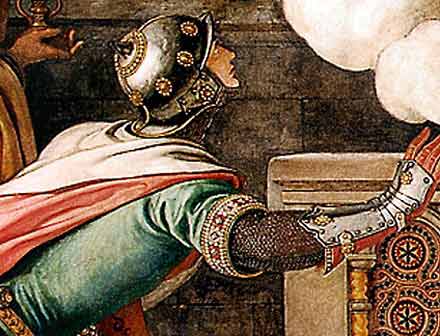
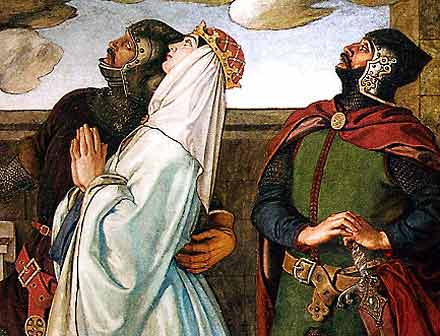
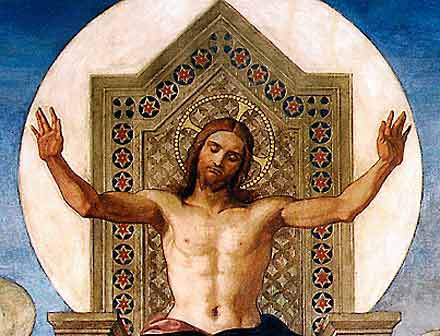
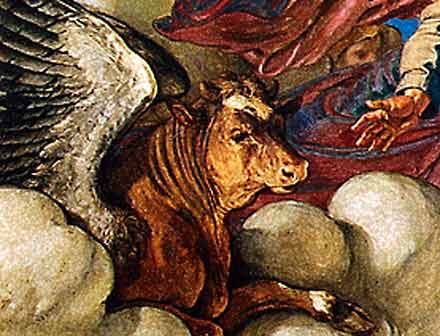
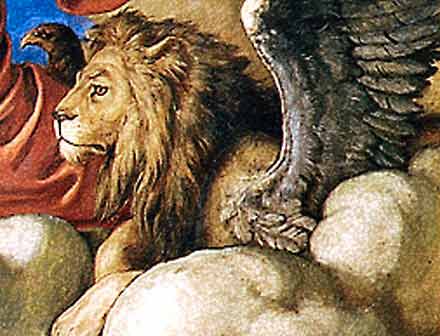
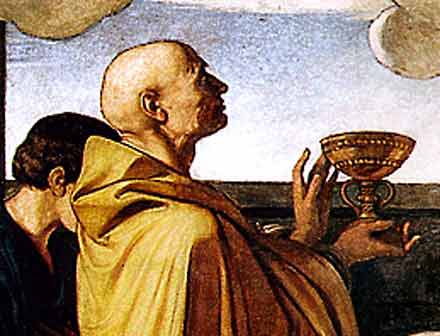
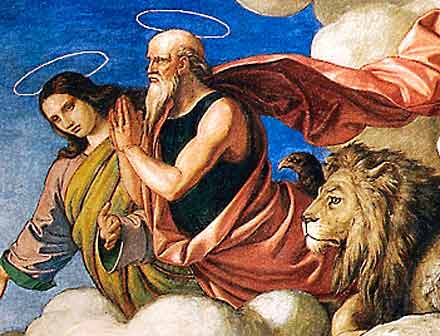
Additional Information on
Religion - The Vision of Sir Galahad and his Company
- Sir Charles Eastlake
Explore-Parliament.net: Advanced Category Search
Keyword Categories:
_Topic_Arthur_Legend
_Event_Literary
_Object_Painting
_Object_Artwork
_Artist_Dyce
_Religion